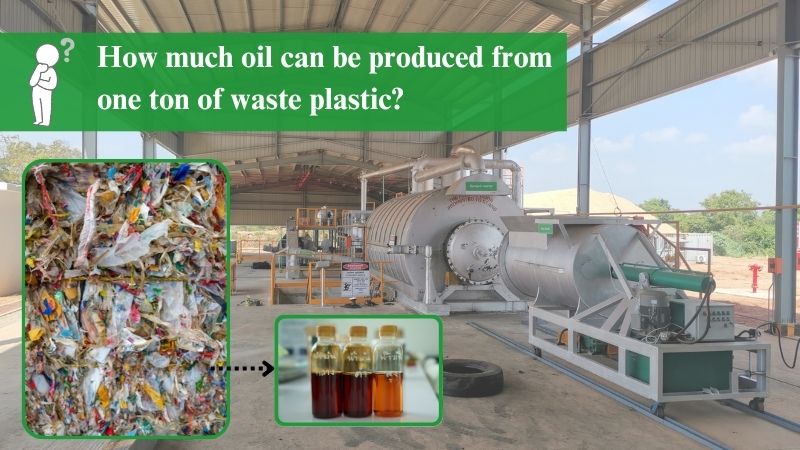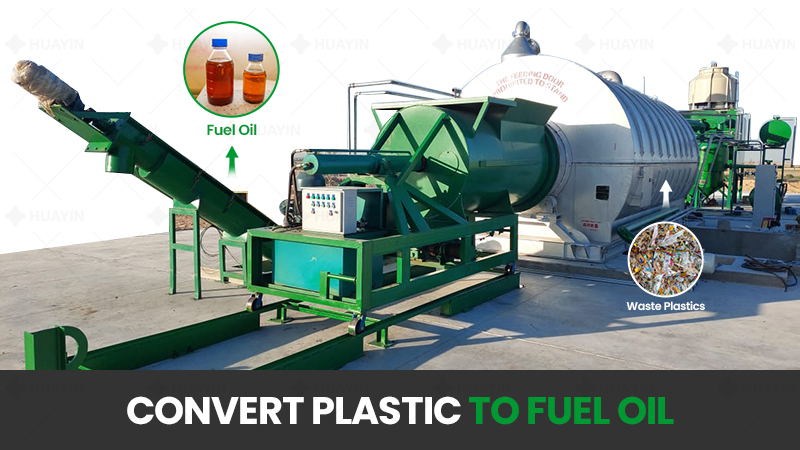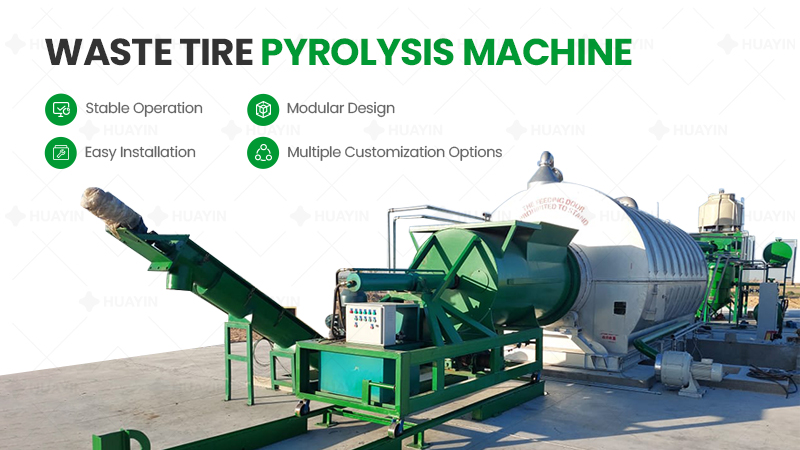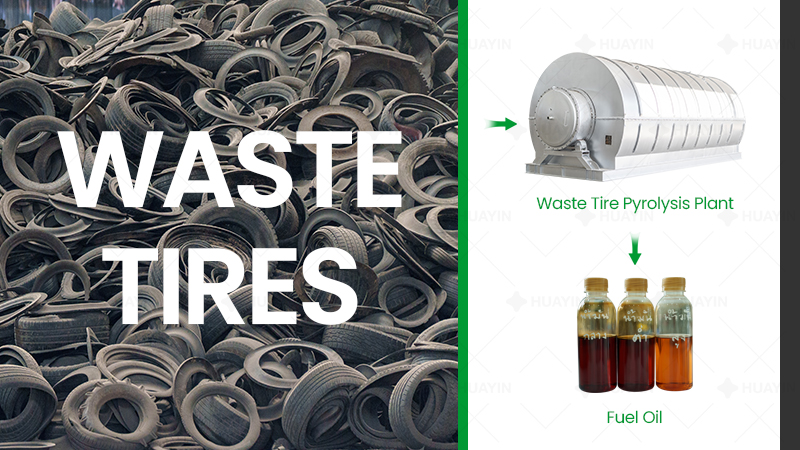If you’re curious about converting waste plastic into oil through pyrolysis, here’s what you need to know. Pyrolysis heats plastics without oxygen, breaking them down into valuable oil. The amount of oil you get from one ton of waste plastic mainly depends on the type of plastic and how well the pyrolysis process is run.

1. Oil Yield Based on Plastic Types
●Polyethylene (PE) and Polypropylene (PP): These are common in plastic bags, bottles, and containers. When processed via pyrolysis, one ton of pure PE or PP can produce 500 – 750 liters of oil.
●Polystyrene (PS): Found in items like disposable cups and packaging peanuts. Pyrolysis of one ton of PS typically yields 500 – 750 liters of oil.
●Mixed Plastics: If you have a mix of plastics (with a good amount of PE or PP), the yield drops to 400 – 600 liters per ton.
●PVC and PET: Avoid using PVC in pyrolysis as it releases harmful chlorine. PET has a very low oil yield and isn’t a good choice for this process.

2. What Affects the Oil Yield?
●Plastic Purity: If the waste plastic is dirty or mixed with other materials like paper or metal, the oil yield goes down.
●Pyrolysis Process Temperature: The ideal range is usually 400 – 600°C. Too low or too high, and you won’t get as much oil.
●Condensation effect: the condensation effect ensures that the pyrolysis gas can be condensed and liquified to oil products. That’s the reason why a well-funcitoned condensing system is also crucial.

The oil produced from pyrolysis is similar to diesel or gasoline. It can be refined further for use as fuel or in making other products. It has a good energy value, comparable to traditional fossil fuels, making it a valuable resource.
In short, the amount of oil you can get from one ton of waste plastic through pyrolysis varies. But for the best results, focus on using high quality plastics, running the pyrolysis process efficiently and ensuring good condensation effect. If you want to learn more about setting up a plastic to oil pyrolysis project, feel free to reach out!



